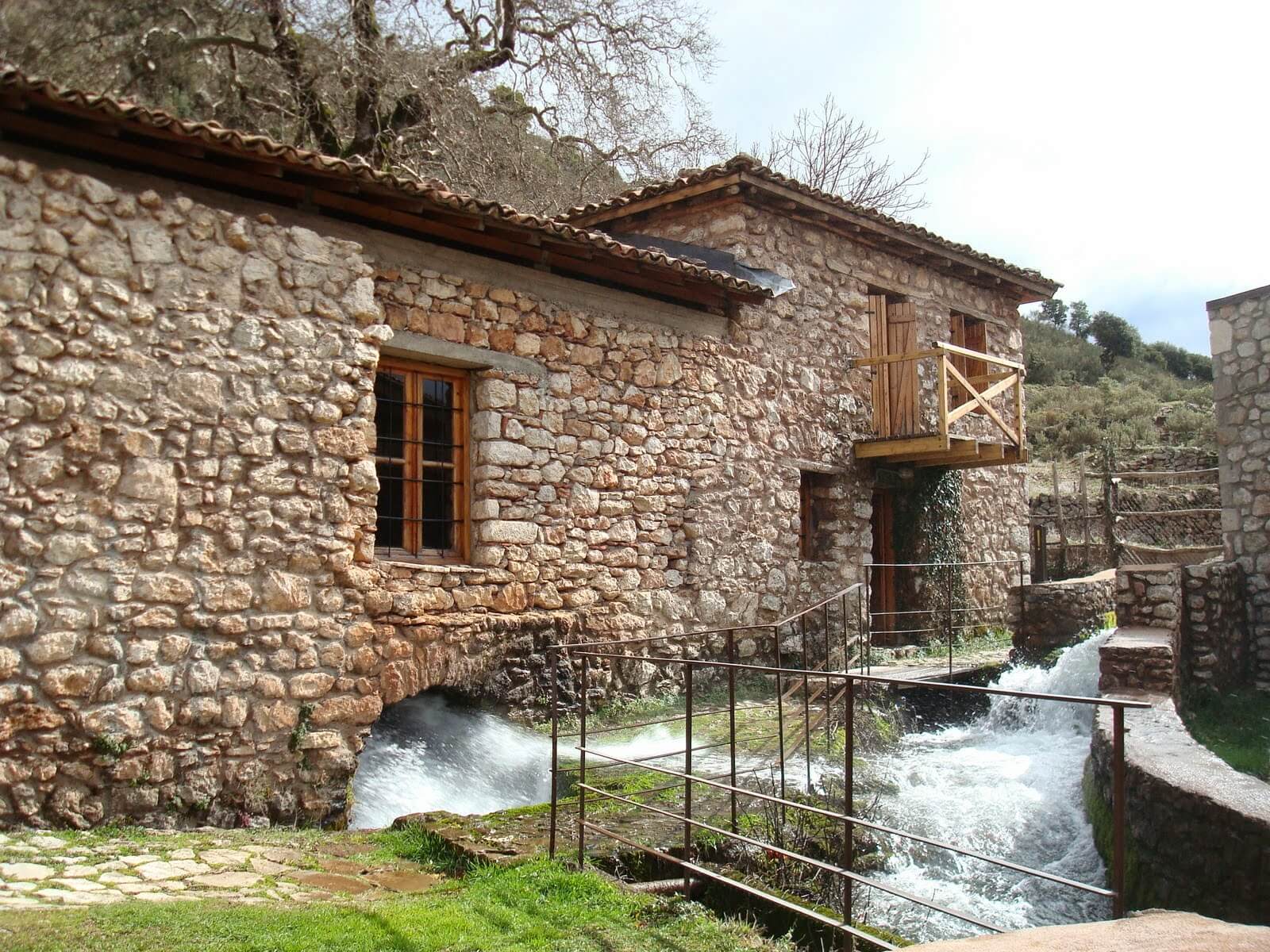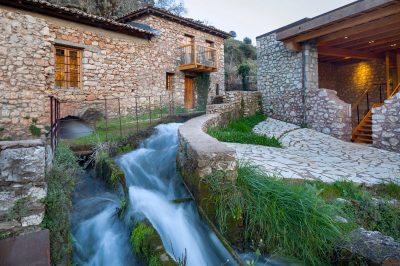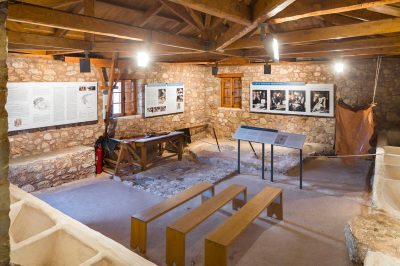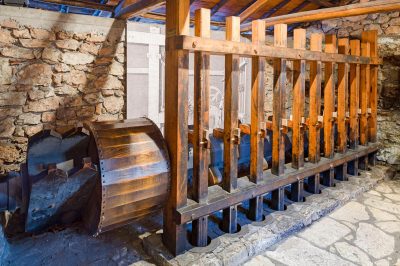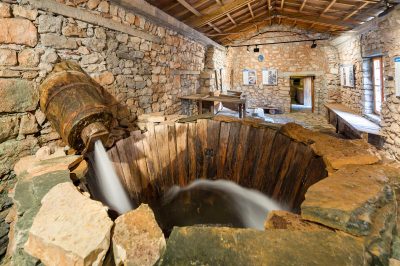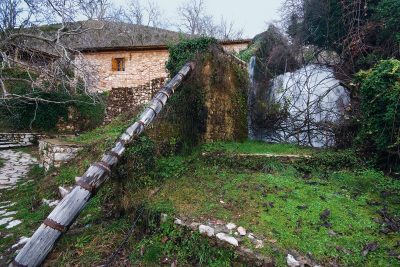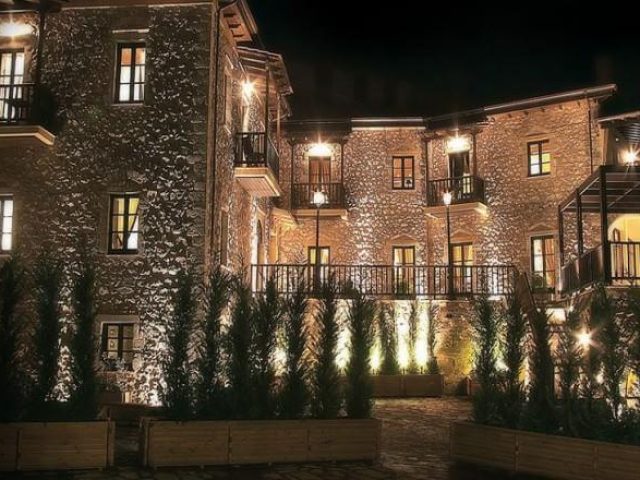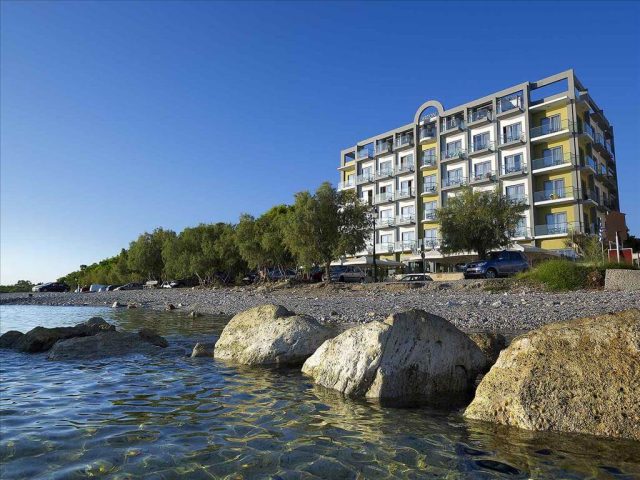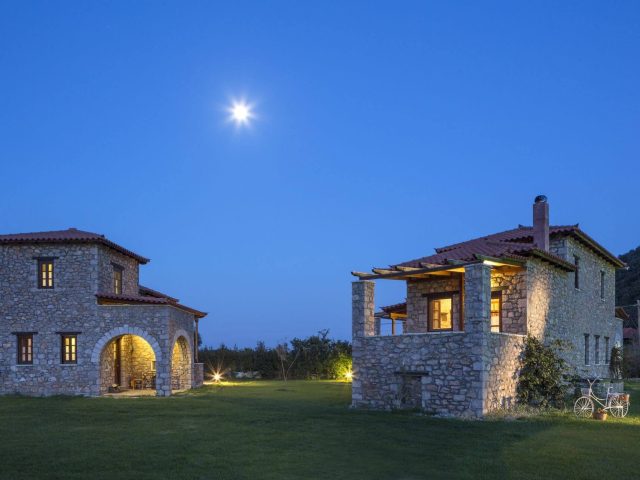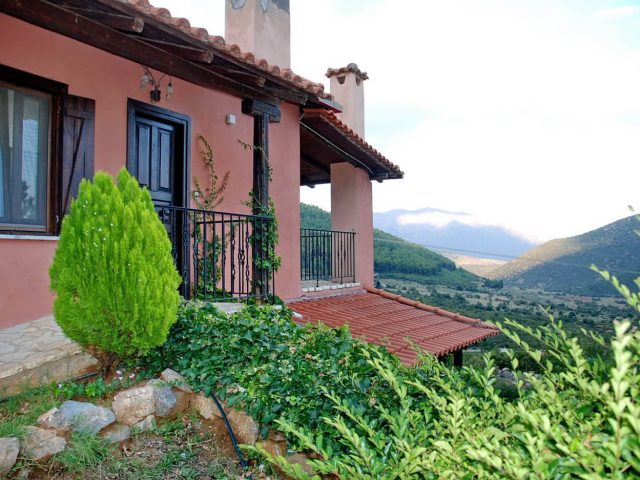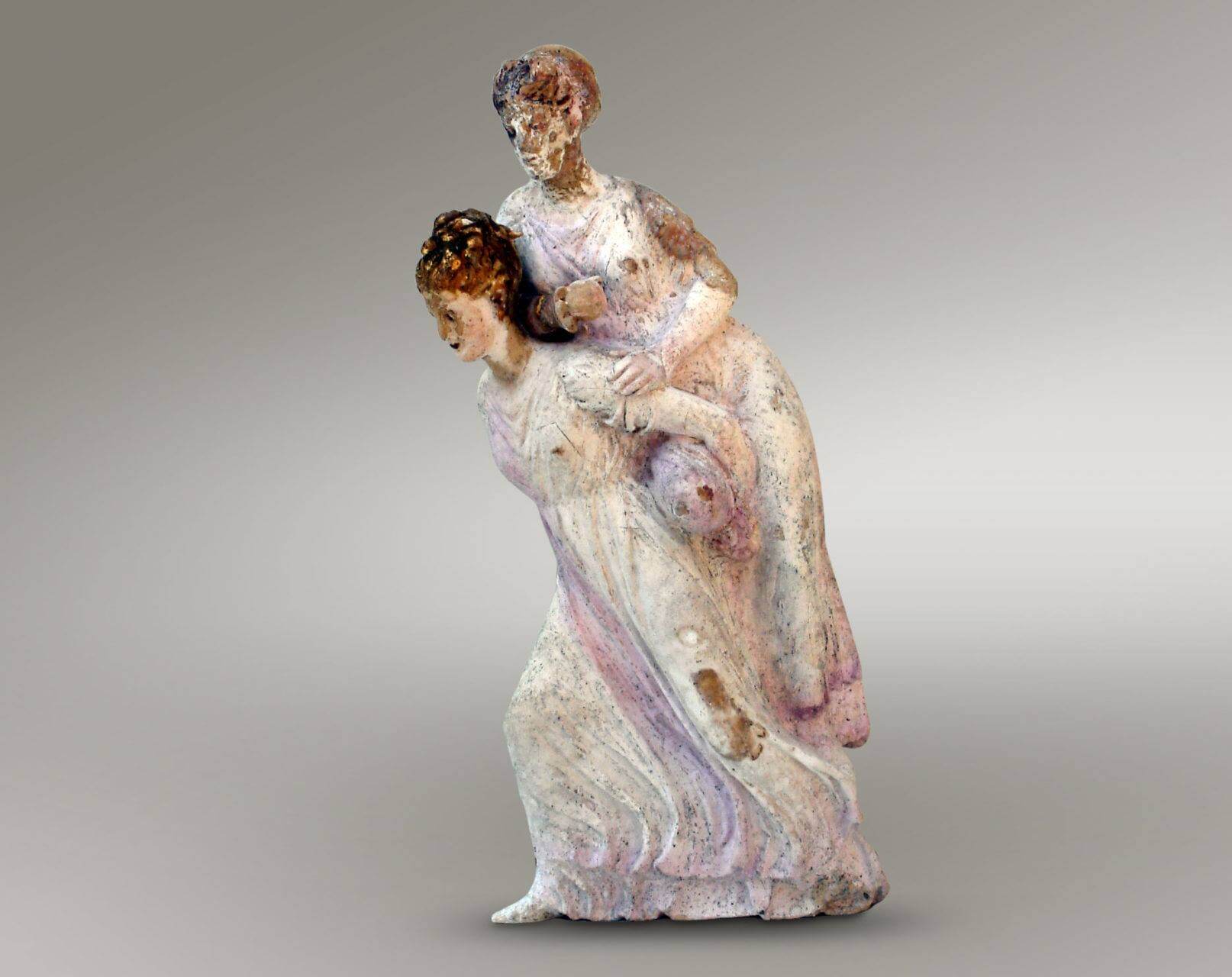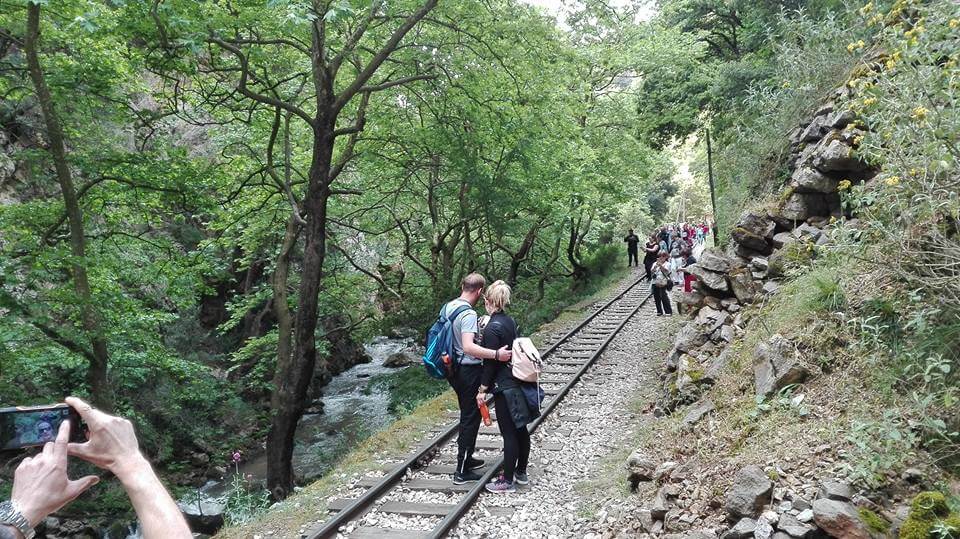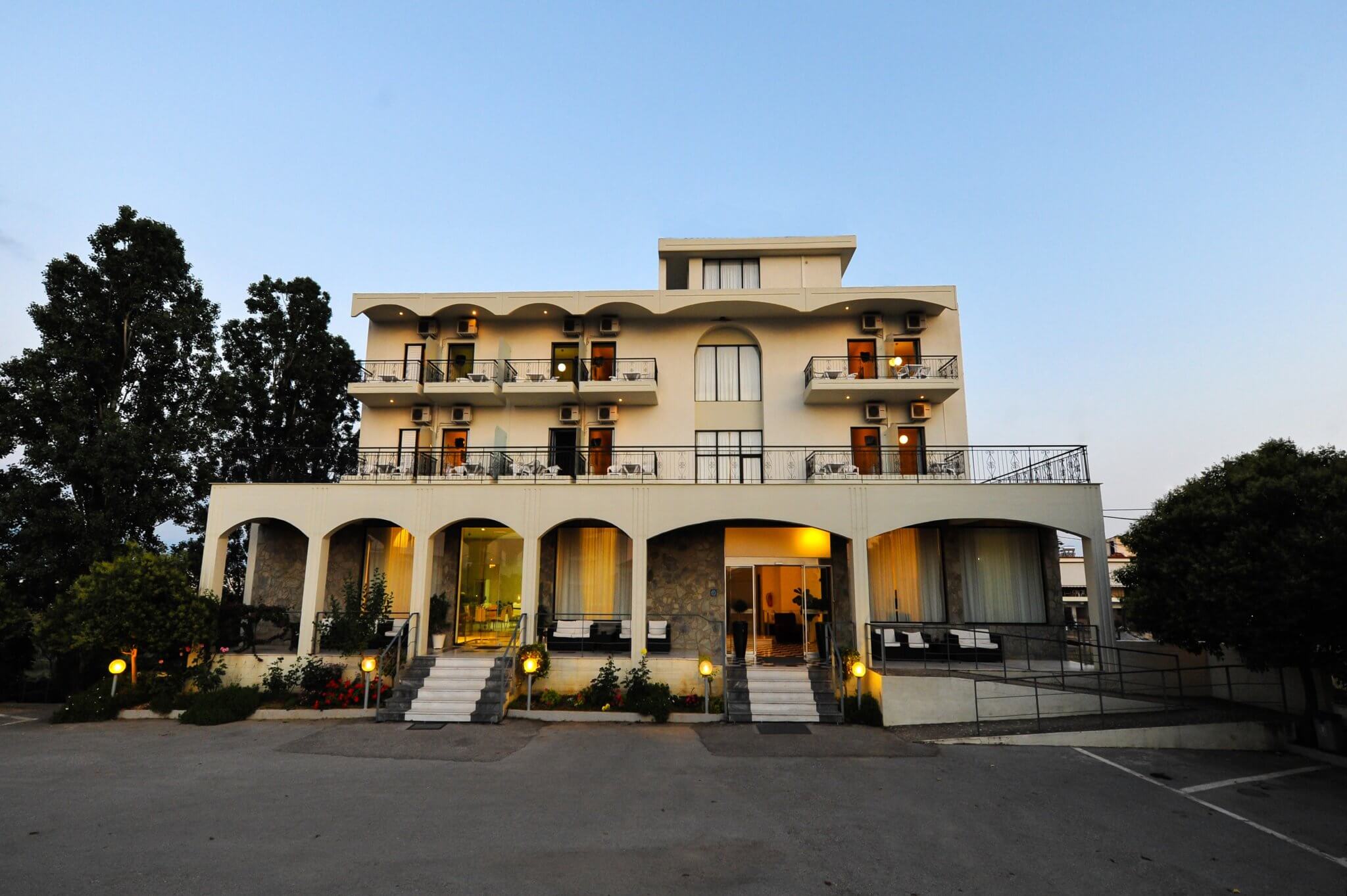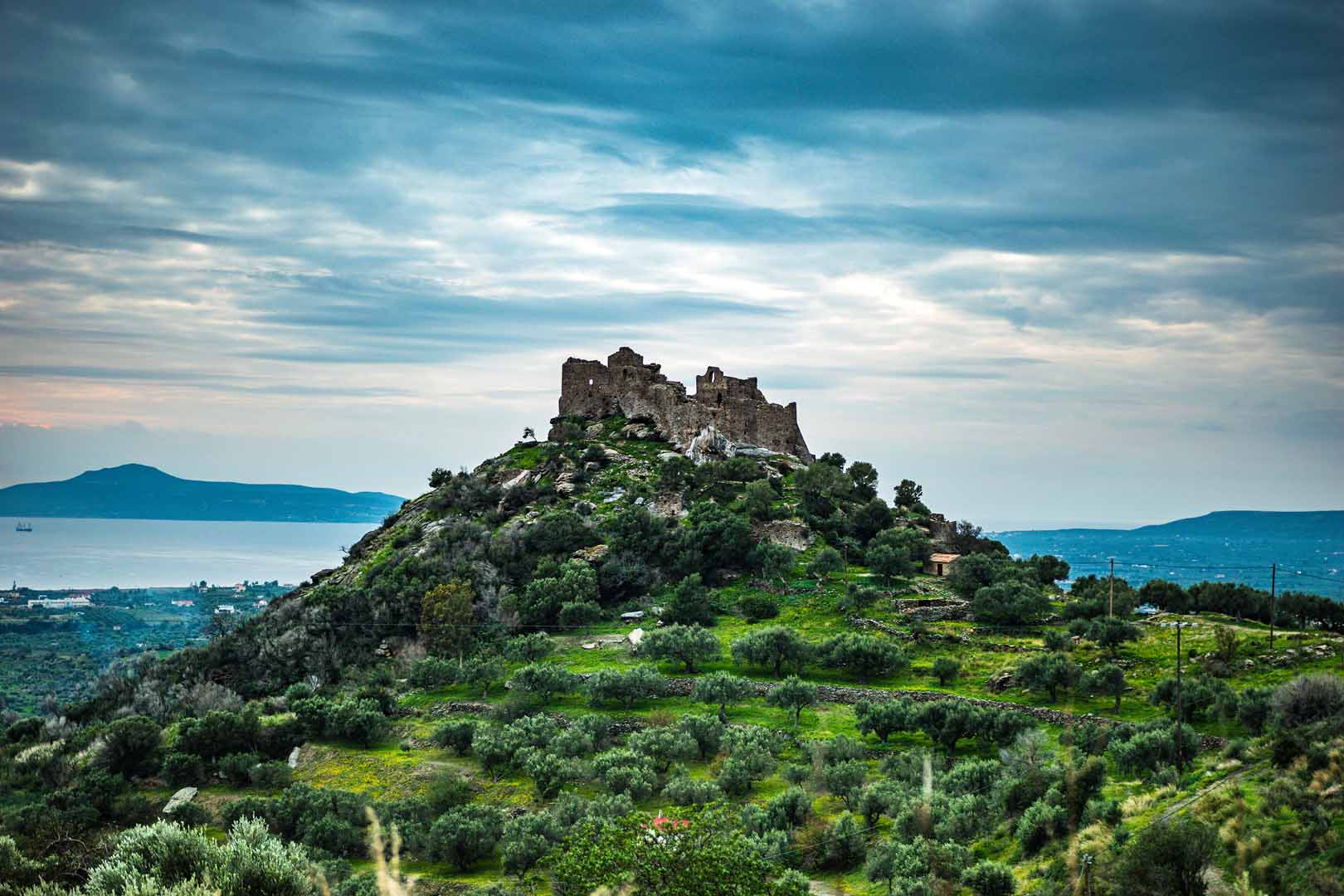The Open Air Water Power Museum in Dimitsana, highlights the importance of water power in traditional society. Focusing on basic pre-industrial techniques that utilize water for the production of various products, linking them with the history and daily life of the local community through the years.
The Open Air Water Power Museum has restored traditional plants and water-powered mechanisms. The workshops are surrounded by dense vegetation and abundant springs, where you can navigate. Permanent kits have been restored to their original function.
The first building houses and fulling mill with a horizontal wheel. The adjacent small room, with fireplace, Miller lived with his family, as a rule multimember.
Outside the mill will see raki, which in the countryside after the harvest, to produce raki from the marc.
Just opposite, two-story building housed the residence of the tanner (above) and the tannery (below). The interior of the workshop is divided into zones corresponding to the various stages of leather processing.
The pavement leads to the plateau, which formed a natural reservoir, and ends at the powder mill. The gunpowder, a powerful element of the cultural identity of the region, kept alive in the memory and the stories of its inhabitants.
During the Revolution of 1821, the Dimitsana fed fight with this essential war material. Kolokotronis writes characteristically: “Gunpowder had, they made the Dimitzana”.
Here you can see the moving mechanism of a powder mill with a jerk, which had disappeared in Europe since the 18th century, while in Dimitsana used during the Revolution, but also to the early 20th century.

